In Old Norse, (or , plural ; feminine , plural ) is the term denoting a member of the principal pantheon in the indigenous Germanic religion known as Norse religion. This pantheon includes Odin, Frigg, Thor, Baldr and Týr. The second pantheon comprises the Vanir. In Norse mythology, the two pantheons wage the Æsir-Vanir War, which results in a unified pantheon. The cognate term in Old English is (plural ) denoting a deity in Anglo-Saxon paganism. The Old High German is , plural . The Gothic language had (based only on Jordanes who glossed anses with uncertain meaning, possibly ‘demi-god’ and presumably a Latinized form of actual plural ). The reconstructed Proto-Germanic form is * (plural *). The a-rune was named after the æsir. Unlike the Old English word god (and Old Norse ), the term () was never adopted into Christian use and survived only in a secularized meaning of “pole, beam, stave, hill” or “yoke”.
